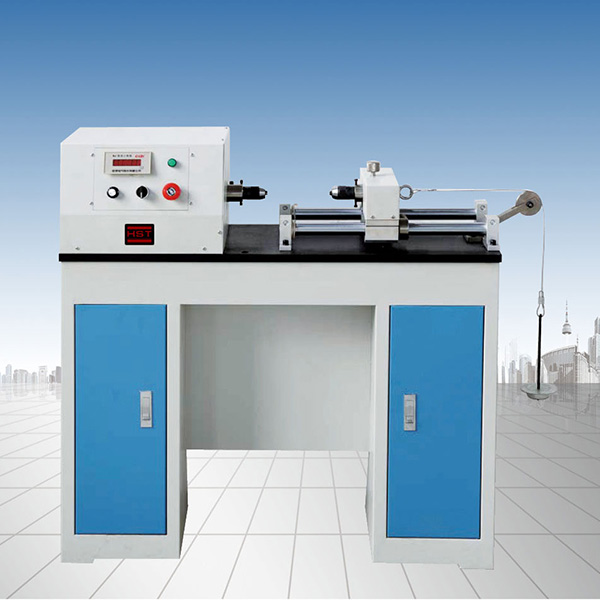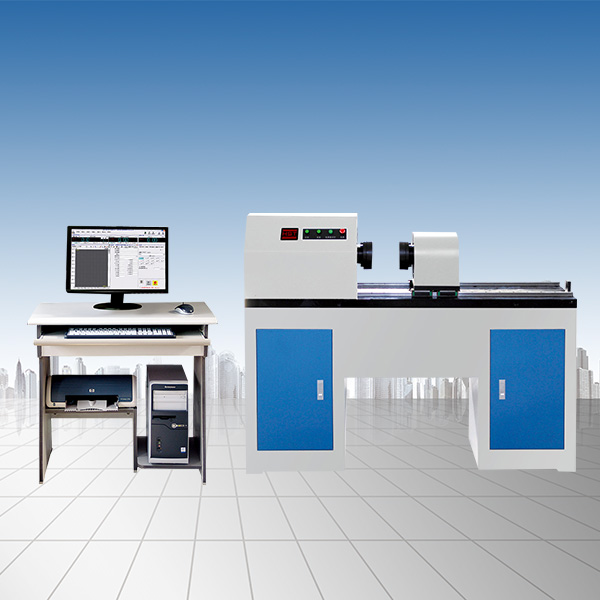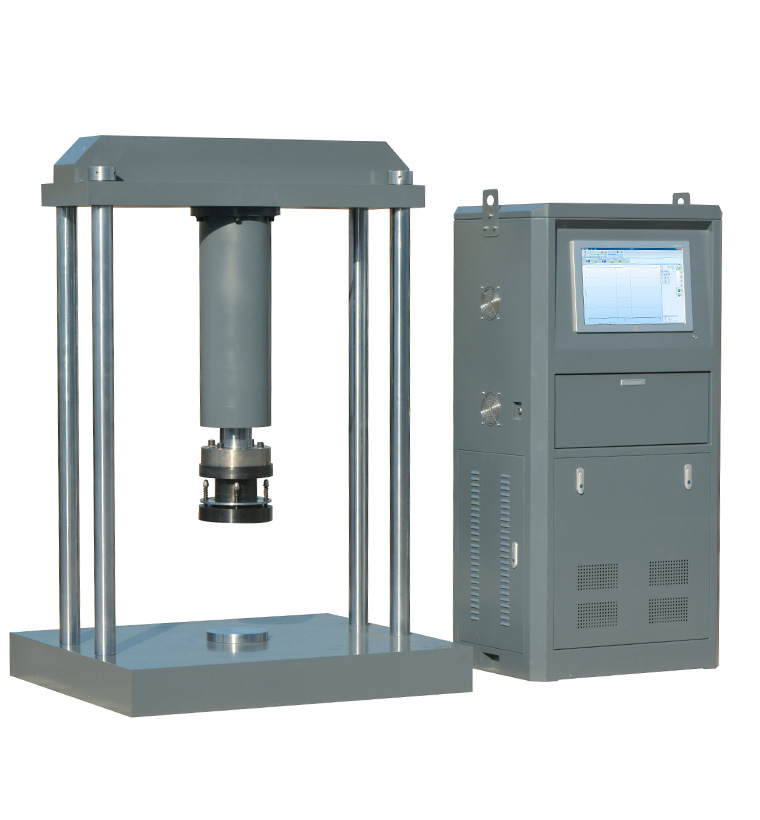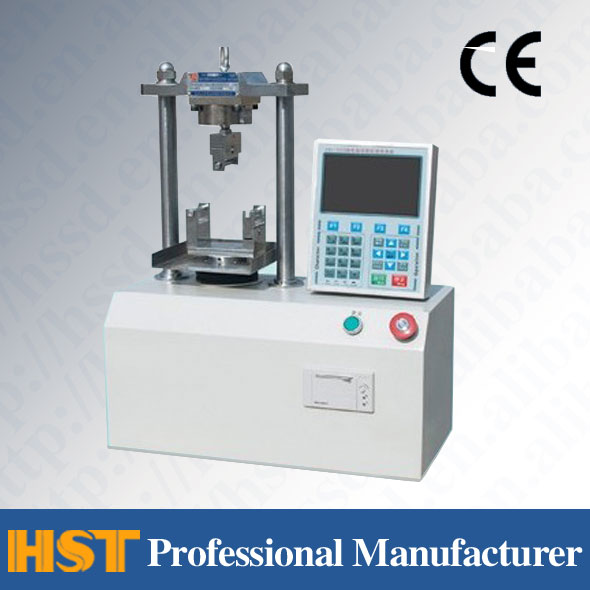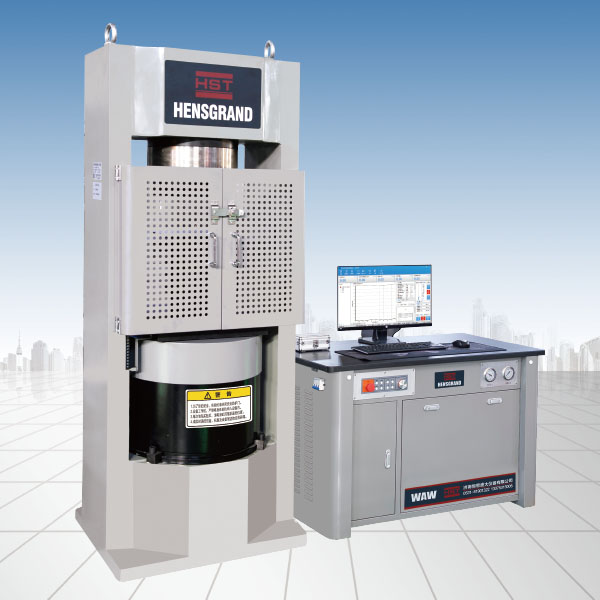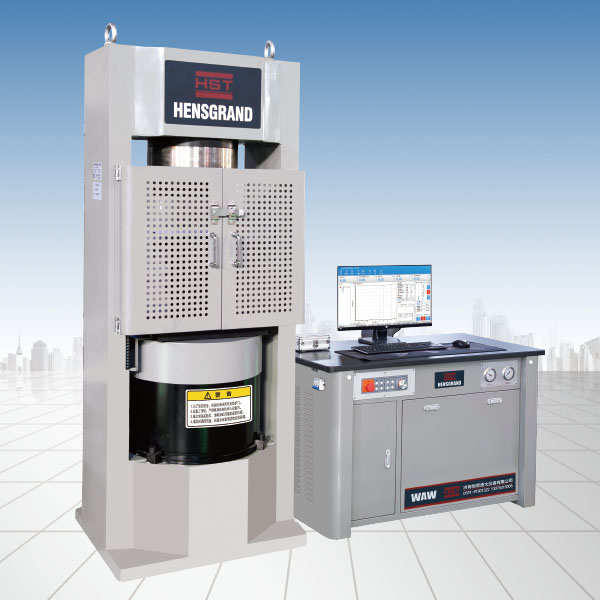Company News
Resolve the fault of the impact tester buffer
Release time:2018-11-23 source:Jinan Hengsi Shanda Instrument Co., Ltd. Browse:
Impact testing machine, a material testing machine that applies impact testing force to the sample and performs impact testing.
Normally, just rotate the buffer to the appropriate position. However, if the oil hole of the buffer is blocked, or the steel ball of the buffer valve has a stolen property with the inlet contact part or the gap is too large, the buffer will fail. The solution to the impact test machine is to clean the buffer valve and adjust the gap between the steel ball and the valve seat to about 0.5mm. Place the oil needle knob to reduce the gap between the oil needle and the valve body, and relist the mark of the A.B.C weight. Also, when the temperature has a great influence, the oil can be replaced appropriately. If the jaws are not placed in a straight position when clamping, the jaws should be clamped symmetrically as required. The jaws are of poor quality and damage to the teeth. In addition to affecting the jaws, the sample is slipped during the test, making it difficult to identify the yield point. The jaws should be replaced at this time. The lifting guide wheel of the impact tester is not adjusted properly, causing the upper and lower jaws to be different from the center. A test rod should be processed, and after the upper and lower jaws are tightened, use a dial gauge to measure with two force columns until the adjustment is qualified. The battery is fastened to the test equipment with rigid mounting parts that can support all mounting surfaces of the battery, each battery should withstand a total of three equal-order impacts. The impact should be applied in each of the three mutually perpendicular directions unless the battery has only two axes of symmetry, in which case the test is only performed in both directions. Each impact must be applied in the normal direction of the battery surface. Each impact of the battery must obtain such acceleration, that is, at the initial 3ms, the small average acceleration is 75g (g is the local gravity acceleration). The peak acceleration should be between 125g and 175g. The battery should be tested at 20±5°C (68±9°F).
During the test, no unused parts and tools must be placed on the test bench to prevent falling and injuring people during vibration and damage to the instrument. After each test, do not let the working piston fall to the bottom of the oil cylinder, leave a distance of 20mm for use next time, and it can prevent air from entering the oil circuit. When all accessories on the impact test machine (such as jaws, indentation heads, pendulums, etc.) are not in use, anti-rust oil should be applied and placed in a dry place. The oil used for the test machine varies according to the region and climate. If you find that the oil is insufficient during use, you must add enough oil according to the requirements of the instructions. If there is an oil leakage, check where the oil leakage of the test machine is, and whether the nuts at each part of the screw cap, especially the oil pipe joint, are tightened. Check whether the blade on the swing rod is on the support, whether the top of the force-testing piston is pressed into the steel bowl, and whether the small belt on the force-testing piston is normal. Check whether the lower jaw lift limit switch and the load overload protection switch on the force measuring rod are effective. The test machine shall be regularly checked by a technical agency authorized by a statutory agency every year and must not be used expired.
- Previous article:The principle of electronic universal test machine disk reading
- Next article:Plastic impact test
Recommended productsPRODUCTS


















